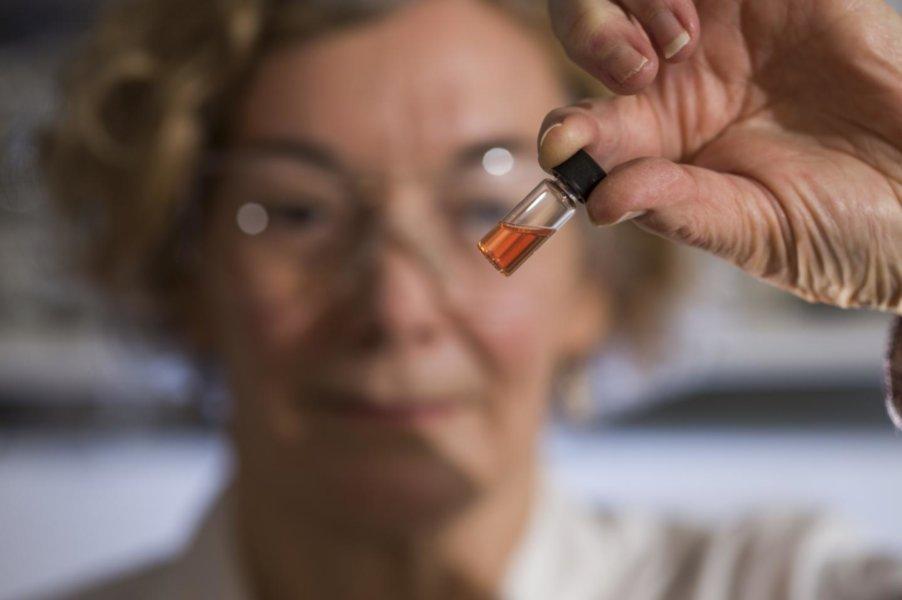Scientists claim to have discovered the world's oldest colour – and it is pink
The coral hue is older than animals – and helps explain why it has taken so long for them to arrive

Scientists claim to have found the oldest colour ever discovered.
The historic hue – which is 1.1 billion years old and was found in rocks deep beneath the Sahara desert – has been described as bright pink.
The molecules are around half a billion years older than any pigments found before, according to scientists. They are the remains of molecules that exist even before animals were around.
"The bright pink pigments are the molecular fossils of chlorophyll that were produced by ancient photosynthetic organisms inhabiting an ancient ocean that has long since vanished," said Nur Gueneli from the ANU Research School of Earth Sciences.
Scientists found the pigments deep beneath the Sahara. It crushed the billion-year-old rocks to powder, then extracted and analysed the ancient molecules inside.
"The precise analysis of the ancient pigments confirmed that tiny cyanobacteria dominated the base of the food chain in the oceans a billion years ago, which helps to explain why animals did not exist at the time," Dr Gueneli said.
As well as offering the oldest surviving colour pigment – and a glimpse at how things might have looked so long ago – it also helps answer a fundamental question about the development of life. It helps explain why the large, complex organisms that would become our ancestors took so long to arrive.
The relatively limited amount of food particles such as algae might have constrained their development, the researchers found.
"Algae, although still microscopic, are a thousand times larger in volume than cyanobacteria, and are a much richer food source," said Jochen Brocks from the ANU Research School of Earth Sciences.
"The cyanobacterial oceans started to vanish about 650 million years ago, when algae began to rapidly spread to provide the burst of energy needed for the evolution of complex ecosystems, where large animals, including humans, could thrive on Earth."
Join our commenting forum
Join thought-provoking conversations, follow other Independent readers and see their replies
Comments